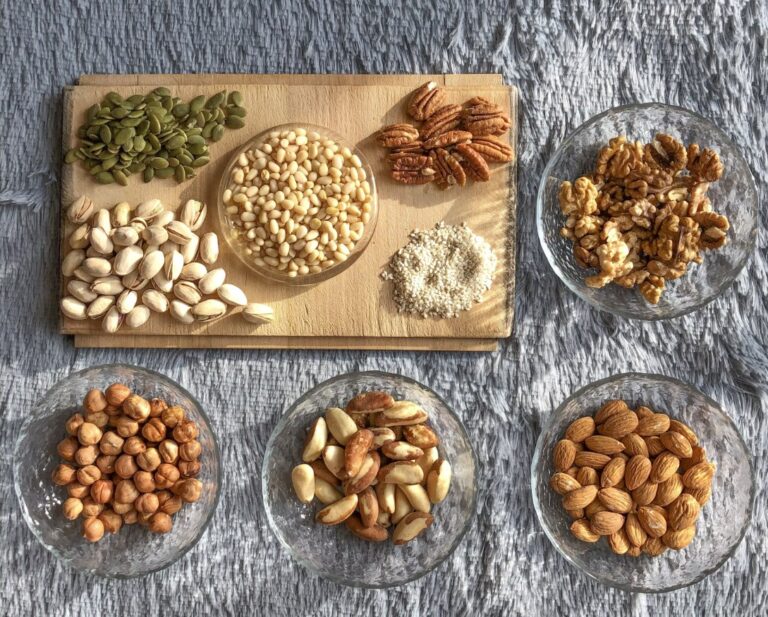Coffee taste and characteristics can vary greatly depending on the country of origin, as climate, soil, altitude, and other regional factors influence the beans’ flavor profiles. Here’s a brief overview of coffee tastes from 20 different countries:
- Ethiopia:
- Often considered the birthplace of coffee, Ethiopian beans are prized for their complex, wine-like quality. They often have bright acidity and are characterized by floral and fruity notes, especially those from the Yirgacheffe region.
- Colombia:
- Colombian coffees are renowned worldwide for their smooth, mild flavor, and well-balanced acidity. They often have chocolatey or nutty notes, and the high altitude of the Colombian mountains provides ideal growing conditions.
- Brazil:
- As the world’s largest coffee producer, Brazil offers beans typically low in acidity, with a nutty, chocolaty flavor, and often a bittersweet aftertaste. Brazilian coffee is known for its creamy body and smooth finish.
- Jamaica:
- Jamaican Blue Mountain coffee, one of the most sought-after and expensive coffees, is known for its mild flavor, smooth body, and a slightly sweet aftertaste, with virtually no bitterness.
- Kenya:
- Kenyan coffee is known for its full-bodied profile, vibrant acidity, and fruity characteristics. Notes of berry and citrus are common, often with a winey taste and floral aroma.
- Costa Rica:
- Costa Rican coffee is typically bright and full-bodied, with a robust acidity. It often features fruity notes, which can range from citrus to berry, with a clean and crisp finish.
- Guatemala:
- Guatemalan coffee can vary but is often known for its full body and rich flavor profile, including chocolate notes and sometimes hints of fruit, spice, or smoke.
- Yemen:
- Yemen’s coffee is renowned for its unique and rich flavors, often complex with winey acidity and a heavy body. The taste can include chocolate or spice notes, with a distinct fruitiness.
- Indonesia (Sumatra):
- Sumatran coffees are known for their full body and low acidity. They often have earthy, woody, or spicy notes, and are sometimes described as having a slightly sweet and smoky taste.
- Vietnam:
- Vietnamese coffee is typically strong and robust. Known for its dark roast, the flavor profile is often bold and bitter, with a heavy emphasis on nutty or chocolaty notes.
- India:
- Indian coffee often has a medium to full body and can feature spicy and subtle earthy notes. The Monsooned Malabar, a unique Indian coffee, is known for its mellow flavor and low acidity.
- Honduras:
- Honduran coffees are usually mild with a sweet flavor, balanced acidity, and often with nutty or chocolate undertones. The quality can vary, but higher-grade Honduran coffees offer a smooth, rich taste.
- Panama:
- Panamanian coffee, particularly from the Boquete region, is known for its bright acidity and range of flavors, from sweet and fruity to more floral tones, often with a delicate and light body.
- Mexico:
- Mexican coffee is generally light-bodied and mild with a pleasant acidity. The flavor profile often includes a nutty, chocolaty quality, and sometimes a hint of spice.
- Rwanda:
- Rwandan coffee is typically medium-bodied with a bright, citrus-like acidity. It often features floral notes and flavors like orange, lemon, or berry, with some sweetness.
- Peru:
- Peruvian coffee is typically mild with a medium body and a gentle acidity. The flavor profile often includes nutty or chocolaty notes, and sometimes a slight floral or fruity undertone.
- Tanzania:
- Tanzanian coffee, particularly from the Kilimanjaro and Arusha regions, often has a bright acidity, medium to full body, and a range of fruity flavors, sometimes with a wine-like or berry-like quality.
- Ethiopia (Sidamo and Yirgacheffe):
- Sidamo coffees are known for their citrus and floral notes, while Yirgacheffe coffees are more tea-like with bright acidity and a variety of floral and fruity flavors.
- Papua New Guinea:
- Coffees from Papua New Guinea often have a medium body with a moderate to low acidity. They can offer a range of flavors from fruity to earthy, with a rich aroma.
- El Salvador:
- Salvadoran coffee often has a medium body with a mild, balanced acidity. The flavor profile can include notes of caramel, honey, or citrus.
Each country’s unique geographical and climatic conditions contribute to these distinct flavor profiles, making coffee tasting a diverse and rich experience.



